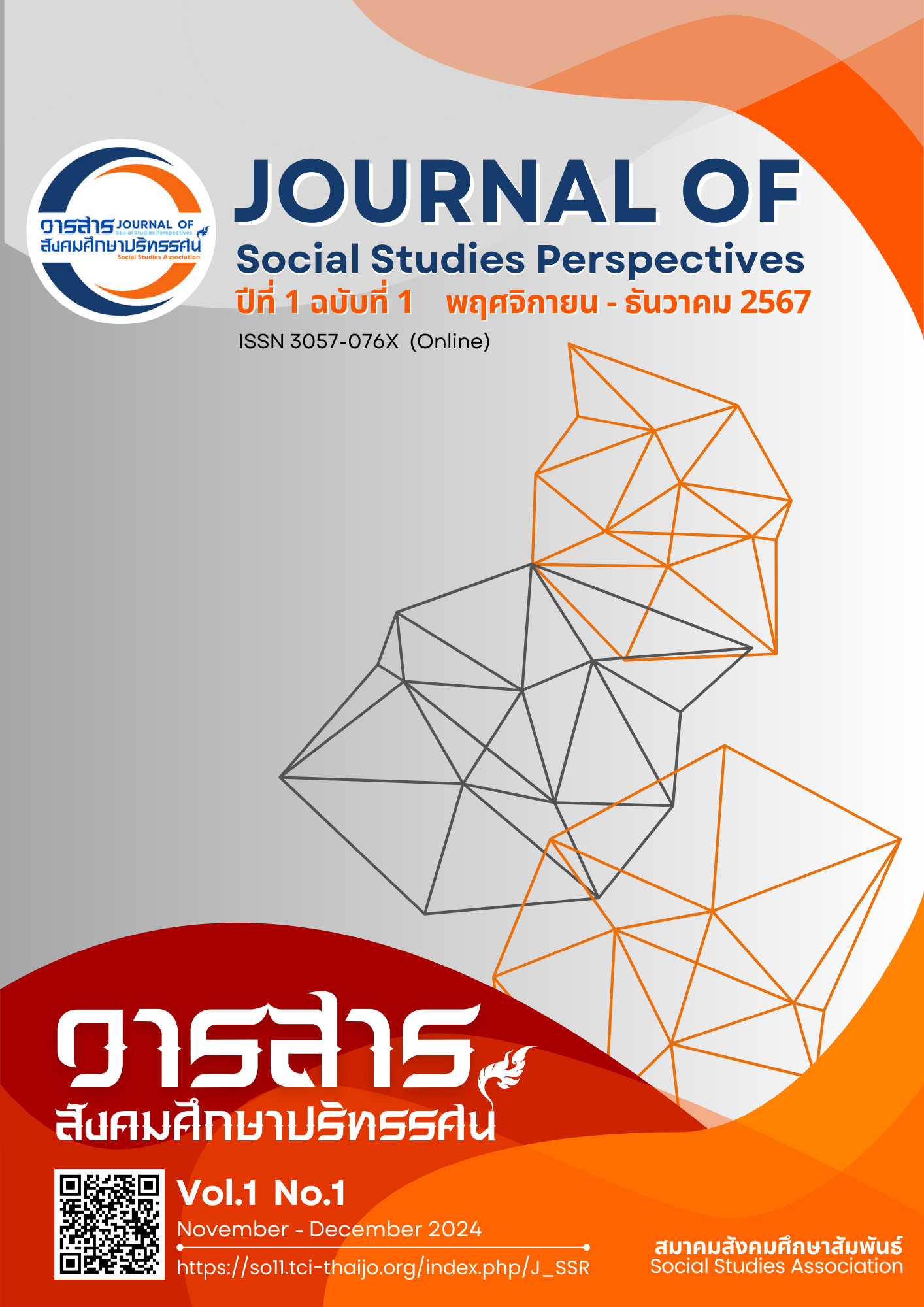DESIGNING INFOGRAPHICS BASED ON INFORMATION PROCESSING THEORY
DOI:
https://doi.org/10.64186/jsp1080Keywords:
infographic, Information Processing Theory, perception processAbstract
In the digital age, where information is rapidly transmitted, presenting information through infographics has become an essential tool to simplify complex data, making it more understandable and engaging for learners. Designing infographics based on Information Processing Theory plays a crucial role in organizing and presenting information in a clear and accessible way. This design process focuses on efficient information processing through structured information sequencing, the use of eye-catching colors and symbols, and concise, memorable content. The theory emphasizes perception, memory, and information recall as key elements in creating effective infographics for learning. Following this theory in design helps reduce cognitive load, allowing learners to retain content more effectively. This article emphasizes designing infographicsto enhance learning efficiency through data analysis, communication planning, drafting, andrefinement to create media that aligns with learners' perceptual and memory processes.
References
Khruafak, C (2021). Infographic media and information dissemination to cope with the COVID-19 crisis. Journal of Liberal Arts, Ubon Ratchathani University, 17(1), 47–67.
Charoenyot, T (2023). Development of an infographic prototype for communicating remote physical therapy practices during the COVID-19 pandemic. Journal of Communication and Innovation NIDA, 10(2), 1–33.
Pramanee, N (2017). Design and application of infographics in the present. Southern Technology Journal, 10(1), 159–169.
Kullimratchai, P (2021). Infographic design: Techniques, tools, and applications. Eastern University Academic Journal, 15(2), 3.
Wimano, P (2023). Infographic design integrated with augmented reality technology for learning at Phatthamon Farm. Journal of Information Technology, 19(1), 1–8.
Chansuwan, W (2020). Infographic (Basic concepts). Retrieved October 20, 2024, from https://web.rmutp.ac.th/woravith/?page_id=1991
Yodsanoha, S (2024). Infographic design for awareness of call center threats. Journal of Humanities and Social Sciences, 2(1), 29–37.
Atkinson, R. C., & Shiffrin, R. M. (1968). Human Memory: A Proposed System and its Control Processes. The Psychology of Learning and Motivation, 2, 89–195.
Baddeley, A. D. (1992). Working Memory. Science, 255(5044), 556-559.
Clark, R. C., & Lyons, C. (2011). Graphics for Learning: Proven Guidelines for Planning, Designing, and Evaluating Visuals in Training Materials. San Francisco: Pfeiffer.
Few, S. (2012). Show Me the Numbers: Designing Tables and Graphs to Enlighten (2nd ed.). Burlingame, CA: Analytics Press.
Kahneman, D. (1973). Attention and Effort. Englewood Cliffs, NJ: Prentice-Hall.
Kosslyn, S. M. (2006). Graph Design for the Eye and Mind. New York: Oxford University Press.
Krum, R. (2013). Cool Infographics: Effective Communication with Data Visualization and Design. Indianapolis, IN: Wiley.
Lidwell, W., Holden, K., & Butler, J. (2010). Universal Principles of Design. Beverly, MA: Rockport Publishers.
Mayer, R. E. (2009). Multimedia Learning (2nd ed.). New York: Cambridge University Press.
Mayer, R. E., & Moreno, R. (2003). Nine Ways to Reduce Cognitive Load in Multimedia Learning. Educational Psychologist, 38(1), 43–52.
Paivio, A. (1990). Mental Representations: A Dual Coding Approach. New York: Oxford University Press.
Smiciklas, M. (2012). The Power of Infographics: Using Pictures to Communicate and Connect with Your Audiences. Indianapolis, IN: Que Publishing.
Sweller, J. (1988). Cognitive Load During Problem Solving: Effects on Learning. Cognitive Science, 12(2), 257-285.
Sweller, J., Ayres, P., & Kalyuga, S. (2011). Cognitive Load Theory. New York: Springer.
Tufte, E. R. (2001). The Visual Display of Quantitative Information (2nd ed.). Cheshire, CT: Graphics Press.
Ware, C. (2004). Information Visualization: Perception for Design (2nd ed.). San Francisco: Morgan Kaufmann.
Ware, C. (2012). Information Visualization: Perception for Design (3rd ed.). Burlington, MA: Morgan Kaufmann.
Downloads
Published
How to Cite
Issue
Section
Categories
License
Copyright (c) 2024 Journal of Social Studies Review

This work is licensed under a Creative Commons Attribution-NonCommercial-NoDerivatives 4.0 International License.
The article is published under the Creative Commons Attribution-NonCommercial-NoDerivatives 4.0 International (CC BY-NC-ND 4.0) license, which allows others to share the article while giving appropriate credit to the author. It prohibits the use of the article for commercial purposes or the creation of derivative works. Any other reuse or reproduction requires permission from the journal.










